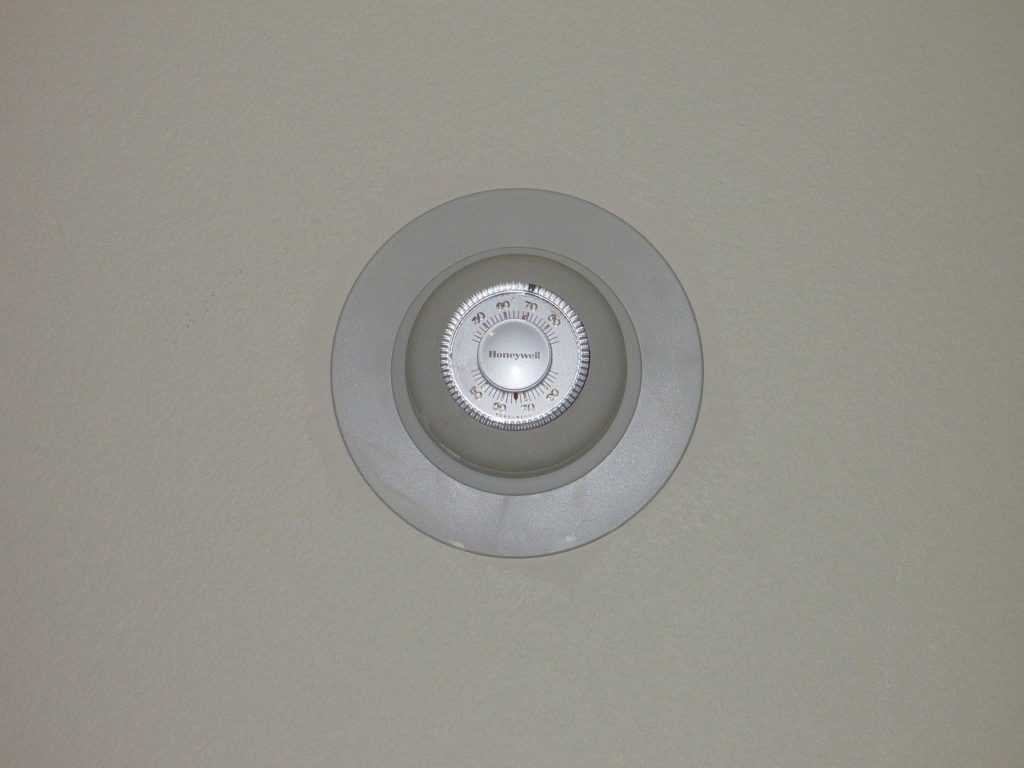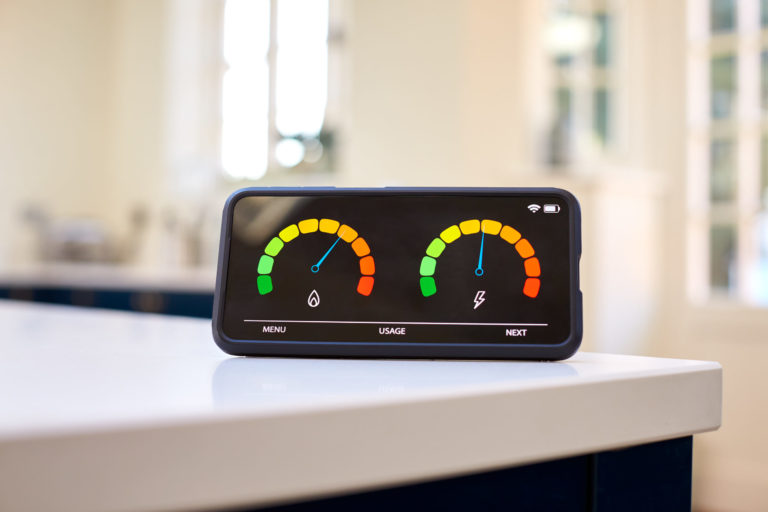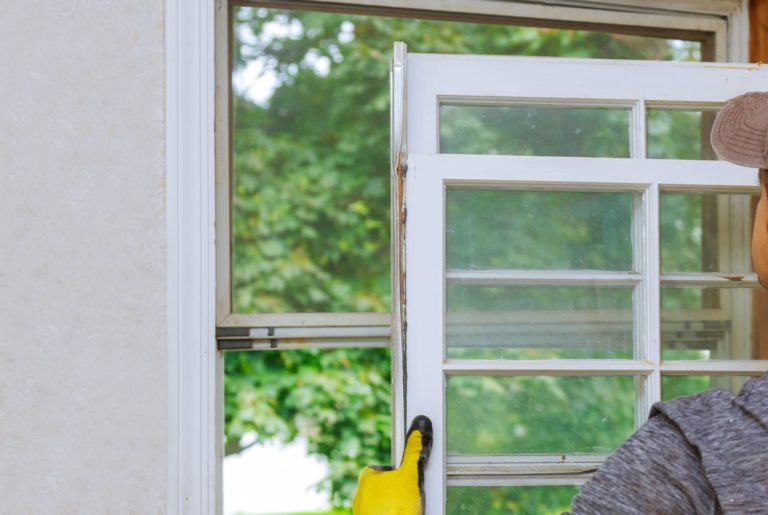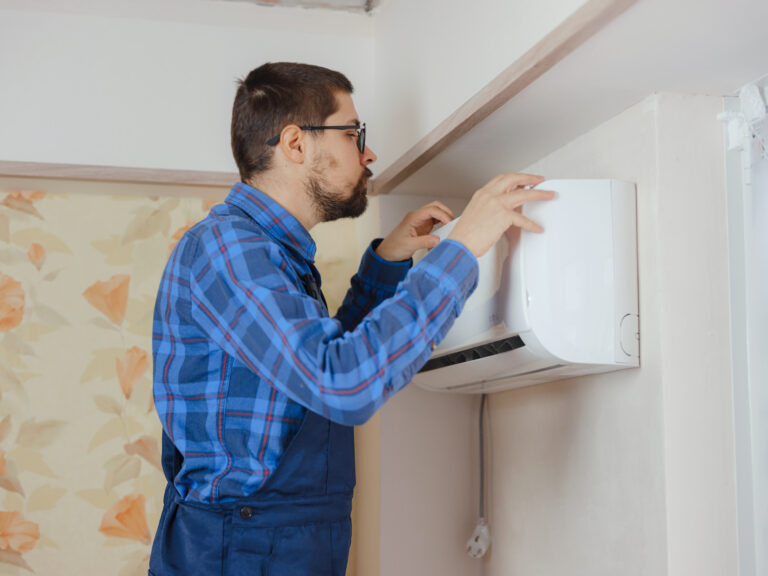The HVAC system is responsible for maintaining a comfortable temperature inside your home. Whether you have a programmable thermostat or a manual thermostat, poor placement can result in false readings that increase your monthly utility bills. The location of your thermostat plays a major role in regulating the temperature of your home, as well as your energy usage.
The thermostat monitors air temperature and signals the HVAC system to run a heating or cooling cycle. An anticipator signals the thermostat to shut down the HVAC system to achieve the desired room temperature. Incorrect placement of your thermostat results in false readings that cause your furnace or air conditioner to run unnecessarily and increase your energy bills.
A good location for your thermostat is key for a number of reasons. Placing the thermostat in a room that’s used often results in a more accurate recording of air temperature and helps improve energy efficiency. Avoid placement near doors and windows that let drafts, near air vents, in direct sunlight, and close to the kitchen. The best place to get accurate readings and maintain an ideal home temperature is to mount your thermostat on an interior wall in the center of the house.
Places to Avoid
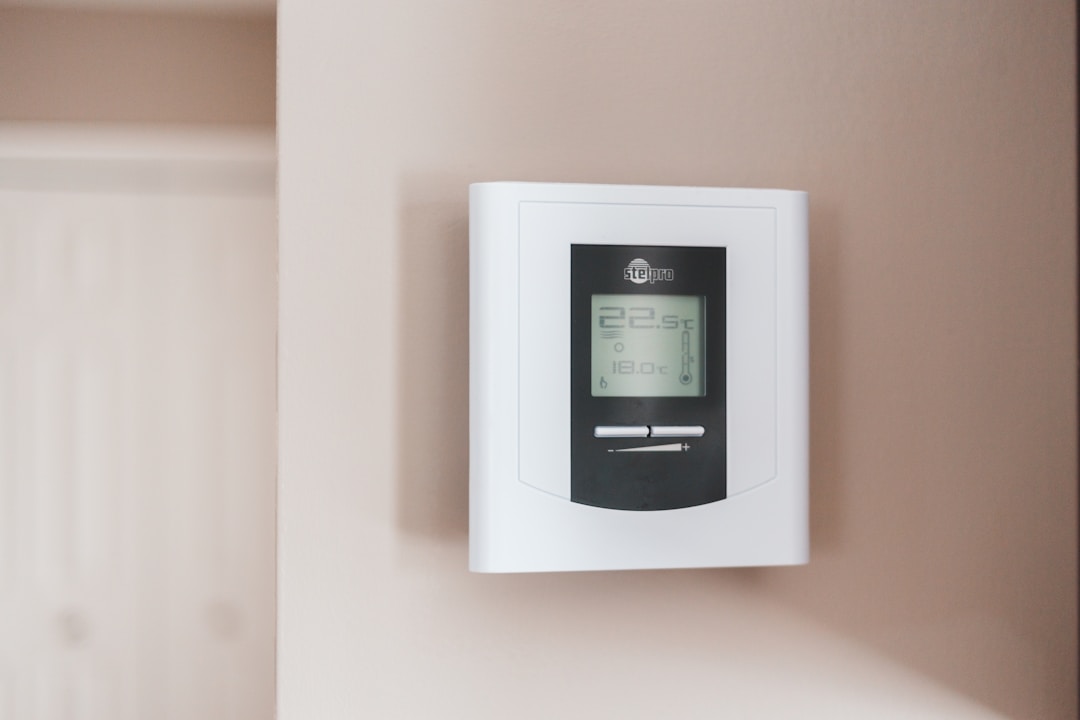
The first rule of thermostat placement is to avoid areas of temperature extremes that will confuse the thermostat. Drafty windows, heat sources such as direct sunlight, and vents are all bad locations that can cause your thermostat to think it’s warmer or colder than it is. Exterior walls are cooler than interior walls and when the thermostat thinks one area is cold or hot, it assumes the rest of your house is too. Avoid putting the thermostat in a room or hallway that’s not often used, as it won’t get accurate temperature readings of the areas you do want to be heated or cooled.
Best Places for a Thermostat

Putting your thermostat in the right place is the best way to get accurate readings, consume less energy, lower your energy bill, and maintain a comfortable home temperature. A good location is an interior wall on the main level in the center of your home. It’s a good idea to mount the thermostat 52-62 inches high to account for warm air rising. Make sure the wall doesn’t contain plumbing or supply ducts, is in a high-traffic area, and is installed away from humidity and heat sources.
There’s more than one type of thermostat.

Most modern thermostats are digital, and the type of device you choose depends on the cooling and heating system you have. The two most common types of modern thermostats are programmable and smart thermostats. Programmable thermostats allow you to set the temperature of the heating or cooling cycle on your HVAC system. Usually, you can schedule or automatically adjust the room temperature according to specified times.
Smart thermostats give you the ability to control your thermostat settings with your smartphone or computer. Smart models use sensors to monitor the room temperatures throughout your home to get a more balanced reading. Smart thermostats can track your ideal temperature preferences and automatically optimize your heating and cooling schedule. You can save anywhere from $50-100 or more on your annual energy bills and reduce your carbon footprint with the best smart thermostat.
Choosing the right type of thermostat depends on what type of HVAC equipment it will be controlling. Some thermostats are designed to control a furnace while others are designed for a dual furnace and air conditioner, heat pump, or multi-stage heating and cooling systems. In most cases, choosing the best thermostat for your home’s comfort depends on your personal preference for key features and price.

